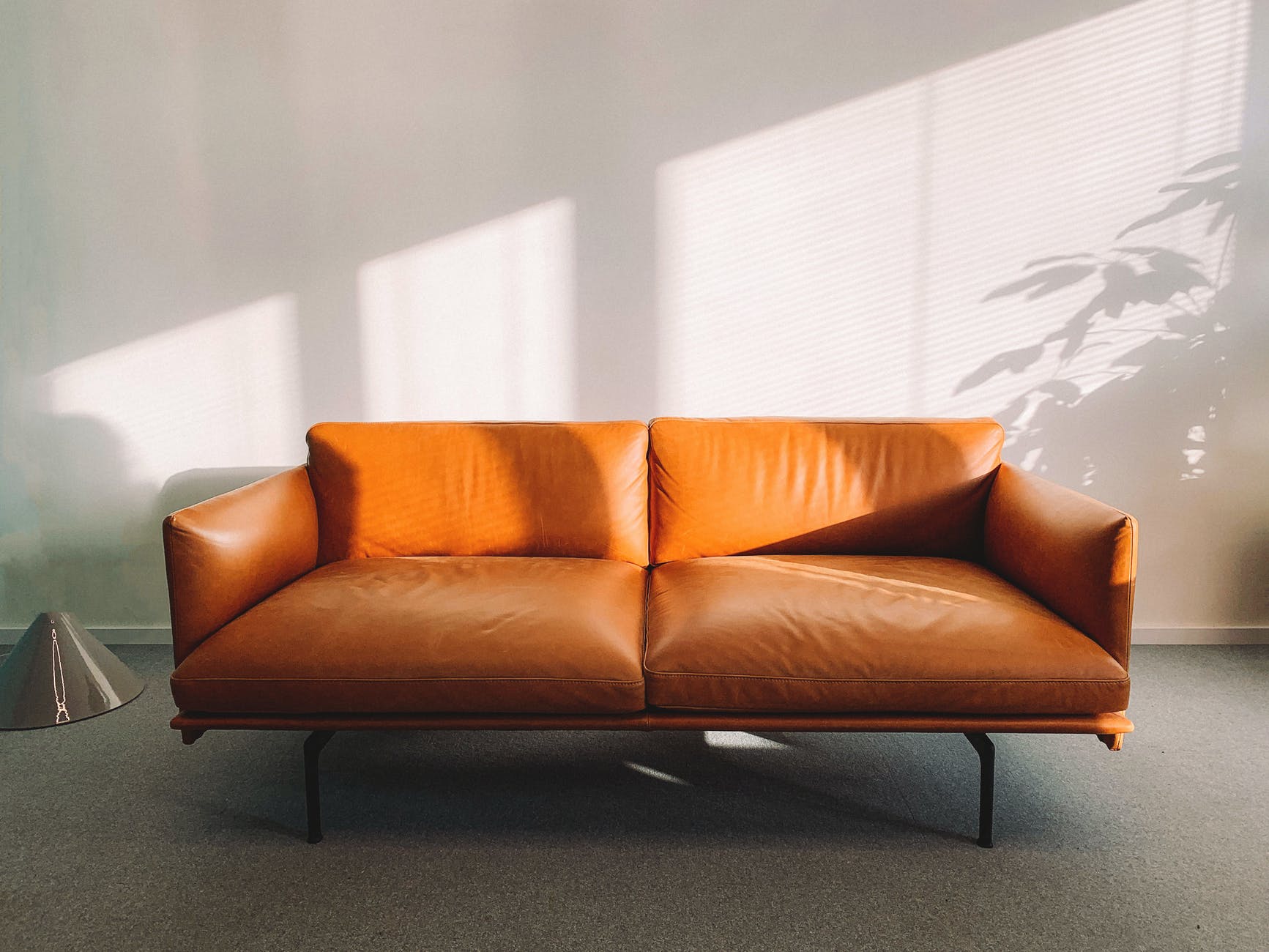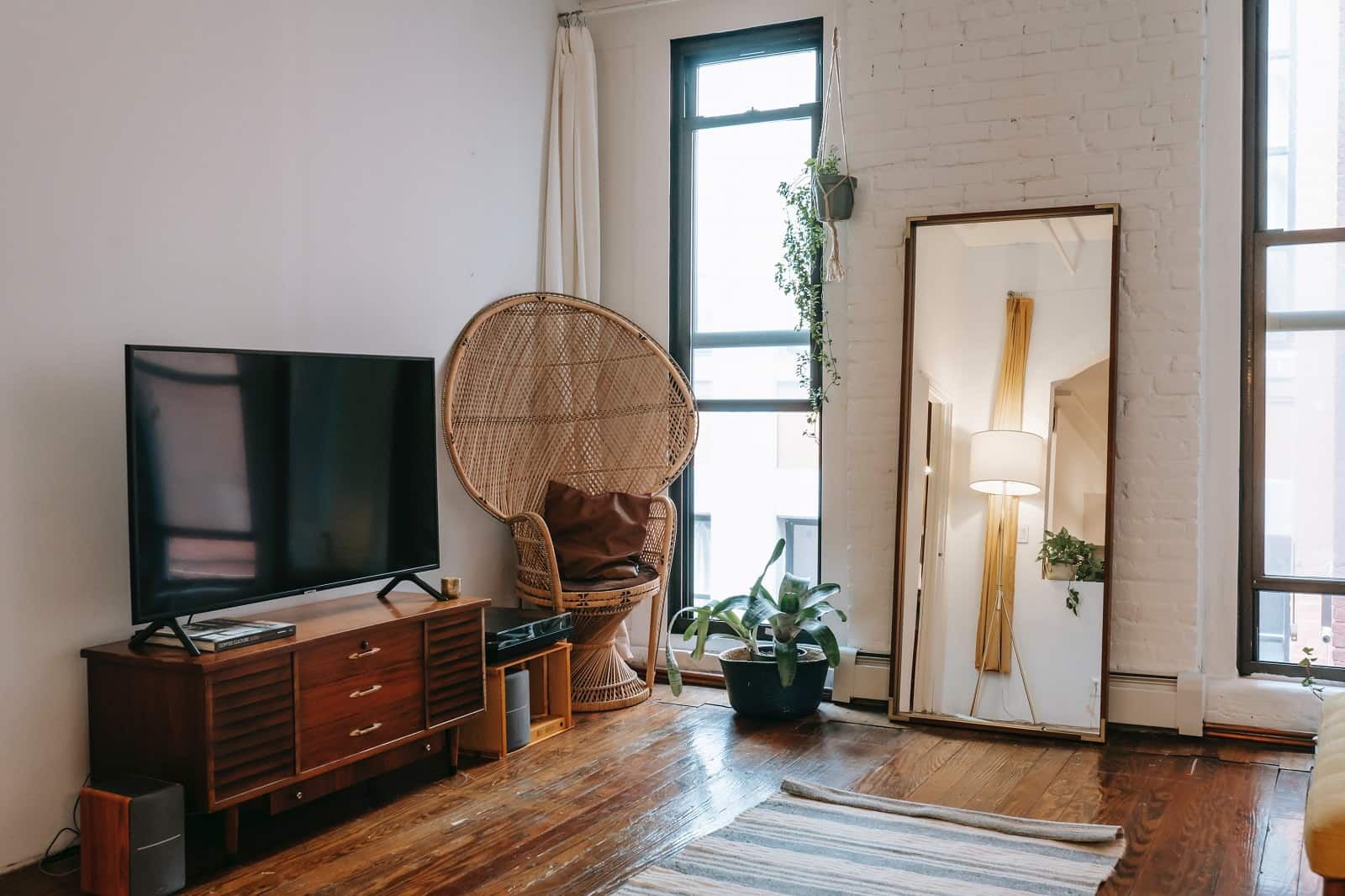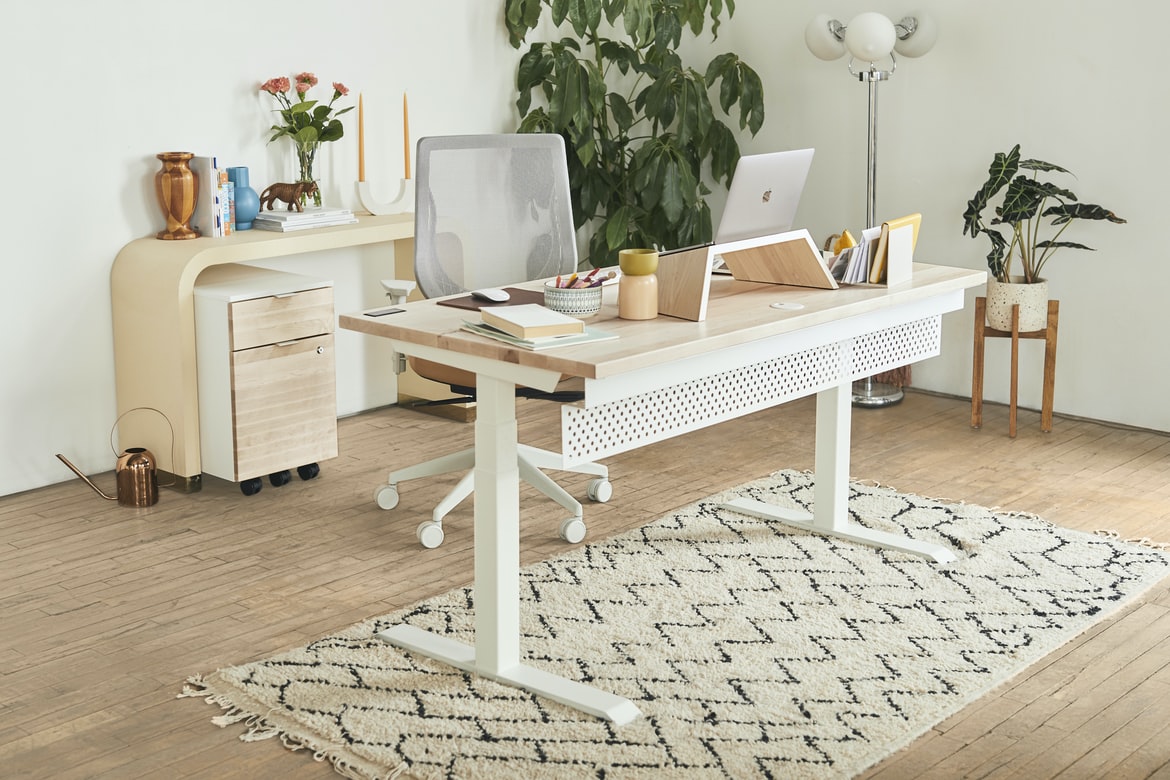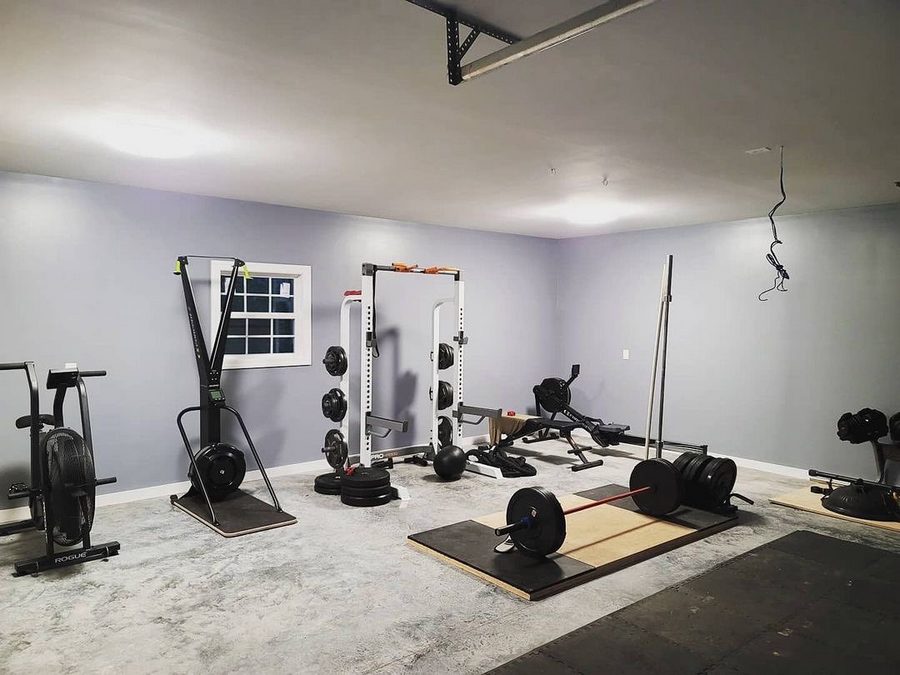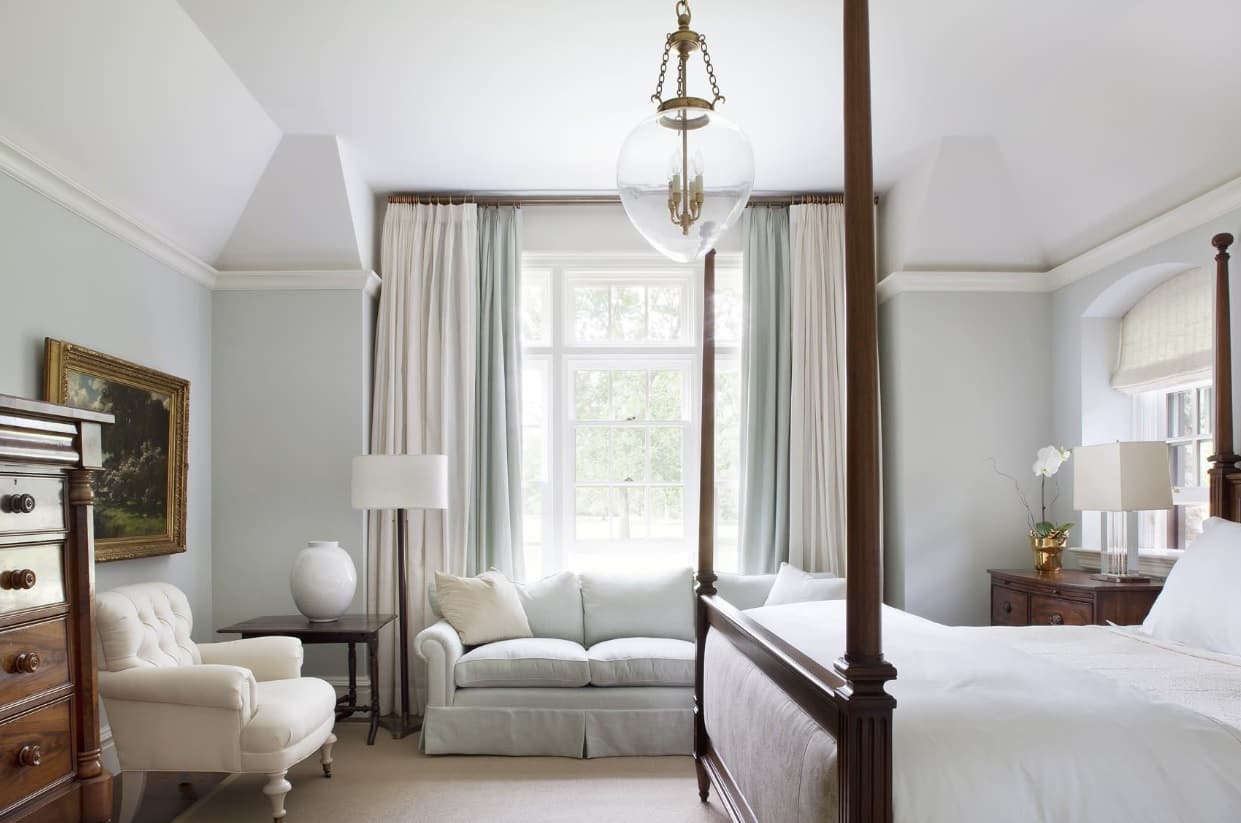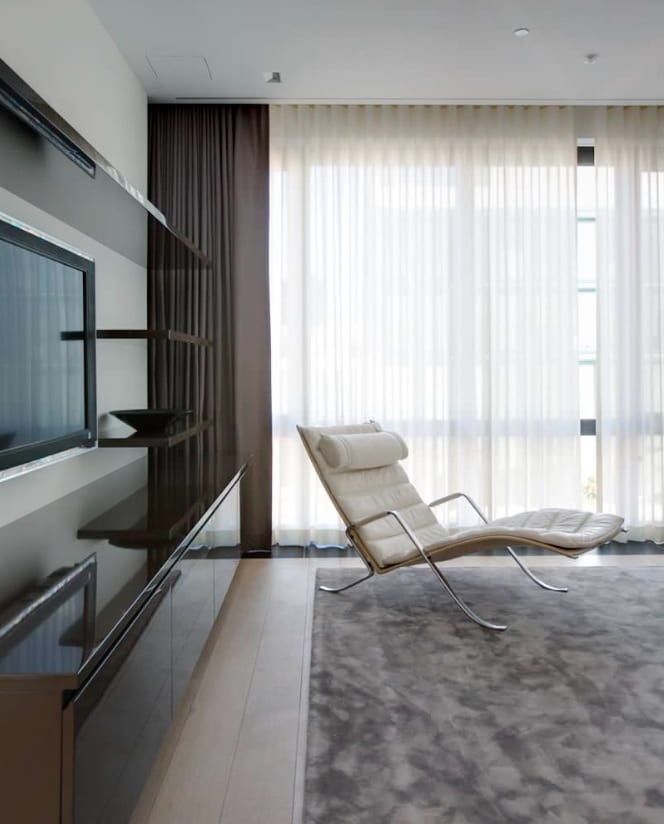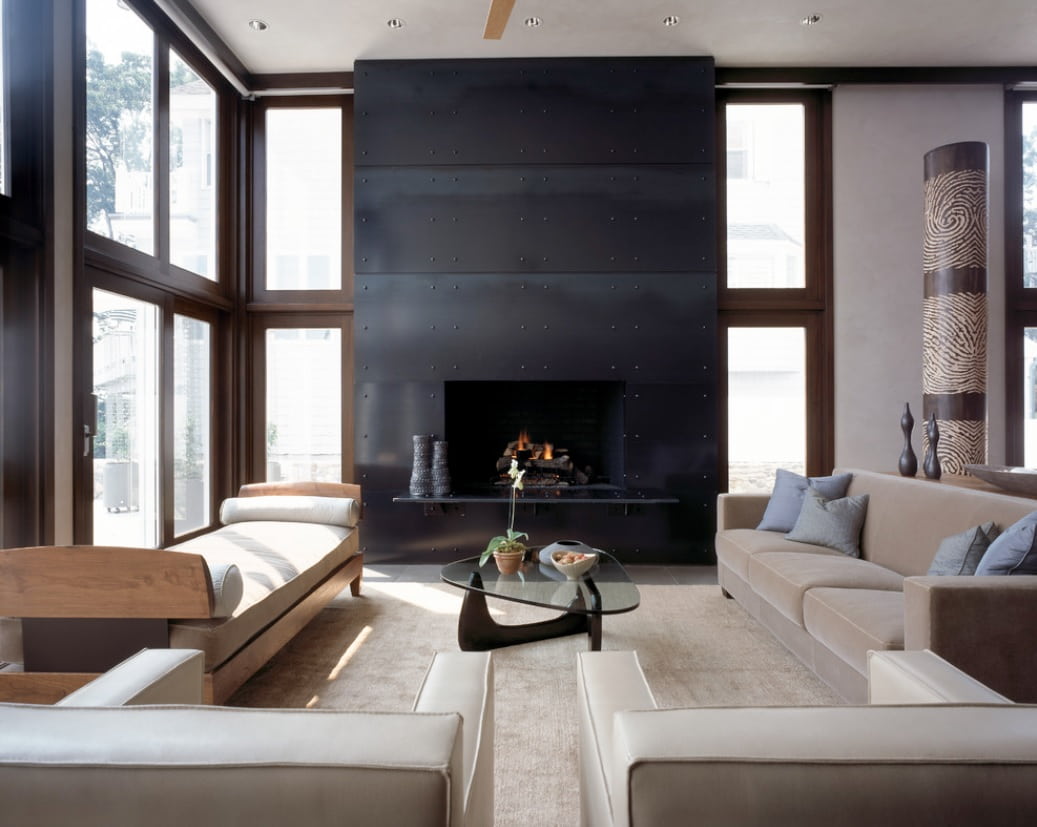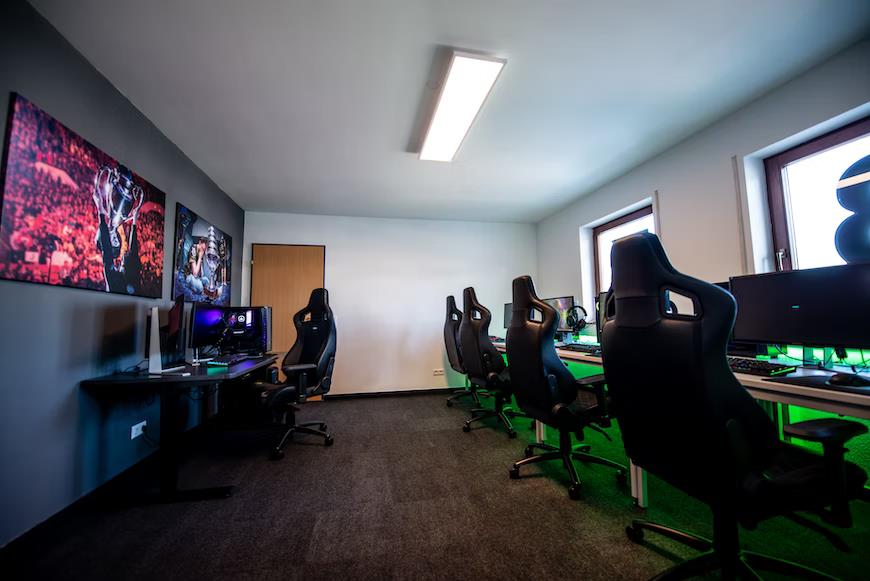When you decorate a small space, the first thing to ensure is that the room doesn’t feel cramped. Even if you want to approach it with a minimalist style, a chaotic and cluttered room is going to be the least appealing to your senses.
That said, it is indeed possible to have a small space styled as beautiful as its bigger counterparts. Whether it is your dorm room, studio apartment, or a nook in your house, here are some ideas that can give you some inspiration.
1. Maximize the Light
Small spaces can end up looking dark due to inadequate light. There might be small windows or no windows at all. Or, in other cases, some furniture might be obstructing the flow of light.
So, the first step is to think of where the furniture would go without interfering with the light path. You shouldn’t put any tall furniture pieces in front of the window. You need light to wake up, study, work, and function overall.
For instance, you need natural light for your desk, so you would be comfortable when working. Obviously, you can outsource assignments to WritePaper, if you have any. However, good lighting is still necessary to create a good atmosphere in your room, no matter if you study daily or just sit there a couple of times a week.
In case you can’t put your table next to the window, provide more artificial light in the space. You can combine ceiling fixtures, table lamps, or even fairly lights that will change the ambiance while making your room feel bright.
2. Add a Mirror
You can add a mirror or two to reflect the light you already have in your room. Not only that, mirrors can make the space feel bigger. A large mirror would do wonders, in this case.
You can hang a big mirror on the wall. It will also be helpful when you dress, especially if we are talking about multipurpose spaces like a dorm room. Alternatively, you can also create a gallery wall of mirrors with different shapes and sizes.
3. Look for Floating Pieces
A crowded floor can make the room look even smaller. What you can do is bring in floating furniture wherever possible. For instance, raise the bed a little bit to leave the floor free.
You can also replace the tables, night tables, and shelves with floating models that are simply screwed onto the wall. Instead of adding floor lamps, opt for wall lights, recessed lights, and even scones.
4. Find Convertible or Foldable Furniture
You can also work with a small room by limiting the items that you put in there. And if you can find a piece of furniture that has multiple functions, even better. For example, instead of a bed, you can go for a convertible sofa that will be less domineering in the room during the daytime, or make room if you want to have a small party.
You can also try fitting in murphy beds. Foldable tables also make for great pieces since they can be tucked away when not used. These days, you can even find coffee tables that can turn to a wide dining table to accommodate more people.
5. Stick to a Tonal Palette
If your aim is to make the small space look bigger, it is best to stick with a lighter color palette, preferably white. This will widen up the room and entertain more light as well. That said, a white room might not be what you want.
So, when you pick a color palette, stick to hues and tints of the same shade. Monochromatic themes can accentuate the room further. Of course, you can add more texture, and even through striking furniture to tie the interior design together. But the idea is that the different colors in the room do not clash too much.
6. Leave Room Between Furniture
The last thing you want in a small room is to have furniture stacked up against each other and tightly tucked together. This will give the feel of cramped space and that you have too much going on.
Instead, let your furniture breathe by pushing it away from the wall and other pieces. It’s better to keep this in mind before you buy furniture, so you can measure accordingly. Or else, you might have to get rid of some poufs or decorative items that were hardly being used on a daily basis.
You can just start by moving around the furniture and seeing the difference for yourself.
7. Experiment With Scale
There is no need for you to use only small-sized decor or make sure that everything is on the same scale when designing a petite room. You can also play around with the scale by choosing statement pieces that are large-scale.
Elongated frames can lengthen the room, but you will want to reduce the overall number of artworks that go on the wall.
8. Work Out Your Storage Demands
If we are talking about a multipurpose room, then storage is going to be the most significant issue that needs to be addressed. After all, one closet or wardrobe might be enough for you to store everything.
What you can do here is to find furniture items that come with additional storage. This could be beds or benches with built-in storage, ottomans, or even coffee tables where you can tuck away books or blankets underneath.
That being said, it can be tricky to find ready-made solutions that are not exactly bulky. Instead, if possible, you can customize furniture by creating some shelves yourself or ordering a custom solution.
9. Add Greenery
Adding plants to your small space can add more depth to it and make it feel more breathable. That is, as long as you do not overcrowd the space. Before you do this, make sure that you are willing to take the responsibility of taking care of a plant.
After all, dying plants will only have the opposite effect in space. If this is the case, you can also try artificial ones. But be sure to pick ones that do not look too plasticky.
10. Use Neutral Rugs
If your floor is a dark color or you are someone who generally prefers rugs, try to install only neutral tones in a small space. A dark or patterned rug can make the room seem tiny and cluttered. The same logic works for cleaning the floor. If your floor is neutral-toned, the space will expand.
11. Lower the Sofa and Bed
If you do not have the luxury of high ceilings, you should try to use a platform bed. Otherwise, the room is likely to feel cramped vertically. This can be the rule for all the furniture around, as long as you are comfortable using them and it does not interfere with the functionality.
12. Avoid Excess
Most people are under the impression that, in a small space, you can use small furniture and as much as you like. However, that isn’t the case. It is better to bring in large statement pieces than to add a lot of small furniture that only makes the room look cluttered.
Do not hesitate to invest in a luxe sofa or a beautiful headboard but make sure that the attention goes to these.
Small rooms can be turned into welcoming spaces with a bit of vision and creativity. Do not hesitate to play around with your ideas. There are no rules when it comes to design, as long as the room is to your taste.

